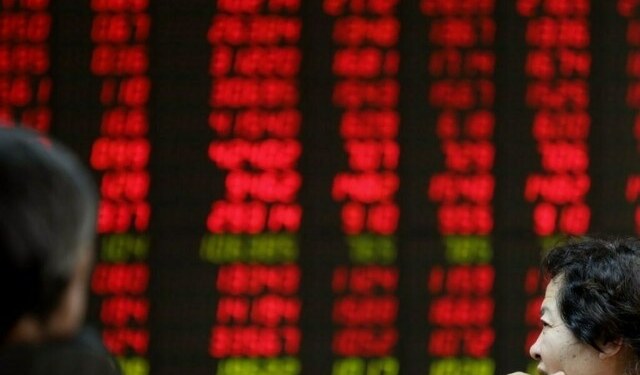Investing.com – Crude oil prices settled higher on Tuesday as ongoing optimism over OPEC-led production cuts offset fears US output could surge above a 47-year high.
On the New York Mercantile Exchange for February delivery rose 1.99% to settle at $62.96 a barrel, while on London’s Intercontinental Exchange, gained 1.39% to trade at $68.72 a barrel.
US crude oil production is expected to rise by 780,000 barrels per day (bpd) to 10.3 million (bpd) in 2018, nearly 1 million bpd more than in 2017, the Energy Information Administration (EIA) forecast Tuesday, surpassing its previous record of 9.63 million barrels in 1970. For 2019, the EIA said it expects US oil production will average 10.85 million bpd.
In the wake of OPEC-led production cuts, non-Opec members led by the U.S. have ramped up production, stoking fears of a slowdown in rebalancing of oil markets amid excess global supplies.
“Led by U.S. production, particularly in the Permian Basin, and new oil sands projects in Canada, non-OPEC production is forecast to continue growing through the end of 2019,” EIA acting Administrator John Conti said in a statement.
OPEC in November agreed to extend 1.2 million bpd output cuts through 2018 to rid the market of excess supplies in an effort to ensure global inventories revert to their five-year average.
In the U.S. investor attention shifted to the American Petroleum Institute weekly inventory report expected later on Tuesday after US markets close, while the EIA issues its supply totals Wednesday at 10:30 a.m. ET.
US crude oil supplies are expected to show a for the seventh-straight week but weekly production data may garner most attention as domestic output nears an important 10 million bpd level.
Fusion Media or anyone involved with Fusion Media will not accept any liability for loss or damage as a result of reliance on the information including data, quotes, charts and buy/sell signals contained within this website. Please be fully informed regarding the risks and costs associated with trading the financial markets, it is one of the riskiest investment forms possible.
Source: Investing.com


























